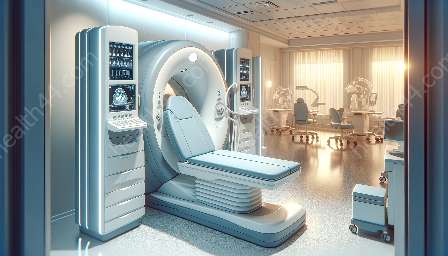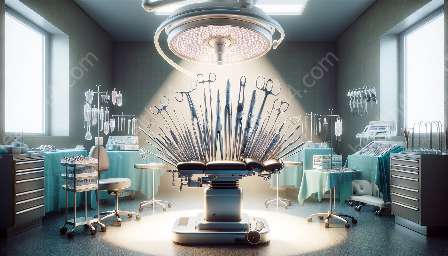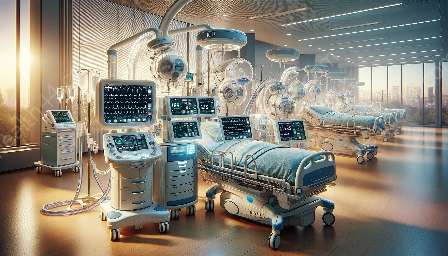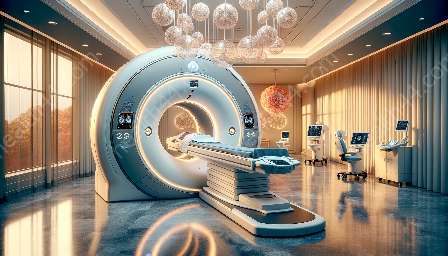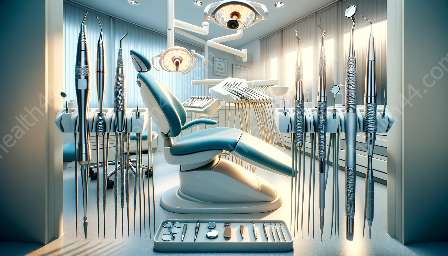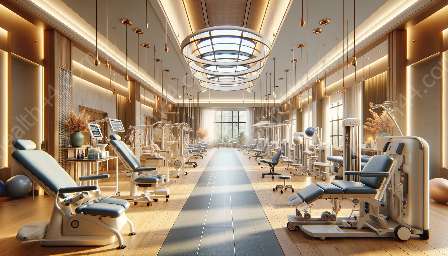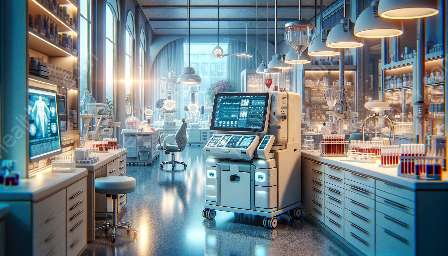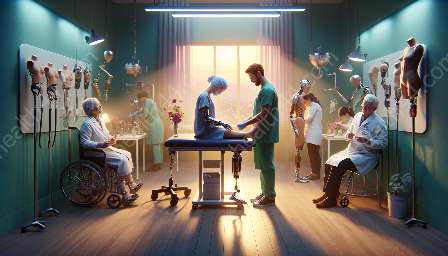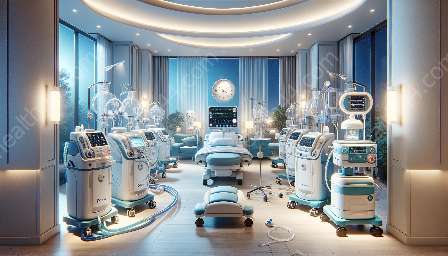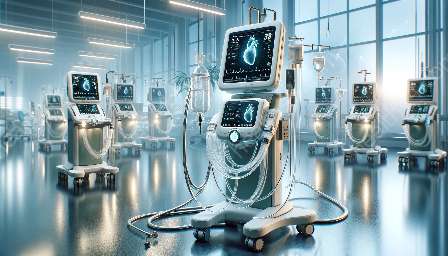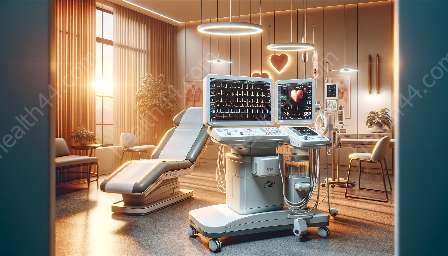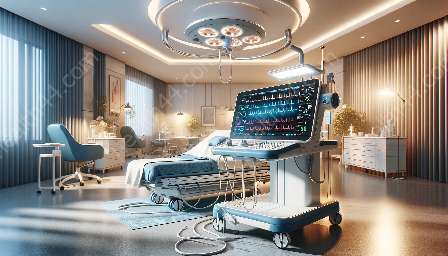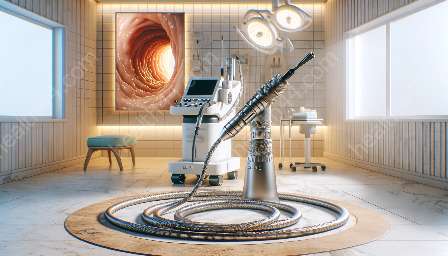Endoscopes are indispensable tools that revolutionize medical procedures, offering minimally invasive diagnostic and therapeutic solutions. These sophisticated devices play a crucial role in modern healthcare, enabling healthcare professionals to visualize and diagnose internal conditions with precision and accuracy. This topic cluster revolves around the significance of endoscopes, their technological advancements, and their impact on patient care and health outcomes.
The Role of Endoscopes in Medical Devices & Equipment
Endoscopes are essential components of modern medical devices and equipment, providing clinicians with a non-surgical means to examine a patient's internal organs and structures. By utilizing advanced optics and imaging capabilities, endoscopes deliver high-definition visuals of the body's internal systems, allowing healthcare providers to detect abnormalities, perform biopsies, and execute therapeutic interventions.
Types of Endoscopes
There are several types of endoscopes designed to address specific medical needs. Gastroscopes, colonoscopes, bronchoscopes, and laparoscopes are just a few examples of endoscopic instruments tailored for different anatomical regions and medical specialties. Each type of endoscope is equipped with specialized features to facilitate precise visualization and intervention within the targeted areas of the body.
Technological Advancements in Endoscopy
The field of endoscopy has witnessed remarkable technological advancements, leading to the development of cutting-edge endoscopic equipment. From flexible endoscopes with bendable insertion tubes to miniature endoscopic cameras with superior image resolution, these innovations have significantly improved the diagnostic and therapeutic capabilities of endoscopic procedures.
Implications for Health
The integration of endoscopes in medical practice has profound implications for healthcare and patient outcomes. By enabling minimally invasive procedures, endoscopes contribute to reduced patient discomfort, shortened recovery times, and lower risks of postoperative complications. Moreover, the early detection and treatment of diseases through endoscopy can lead to improved health outcomes and enhanced quality of life for patients.
Endoscopes and Patient Safety
Endoscopes are designed with patient safety in mind, incorporating features such as sterilizable components and disposable accessories to minimize the risk of infection transmission. Additionally, ongoing advancements in endoscope design focus on enhancing patient comfort and optimizing procedural efficiency, further promoting a safer and more effective healthcare environment.
Future Innovations and Challenges
The future of endoscopy holds promise for continuous innovation and improvement. Challenges such as enhancing endoscope maneuverability, expanding imaging capabilities, and integrating artificial intelligence into endoscopic diagnostics represent key areas of focus for manufacturers and researchers. The convergence of endoscope technology with digital health solutions and telemedicine also presents opportunities for advancing healthcare accessibility and patient care.

